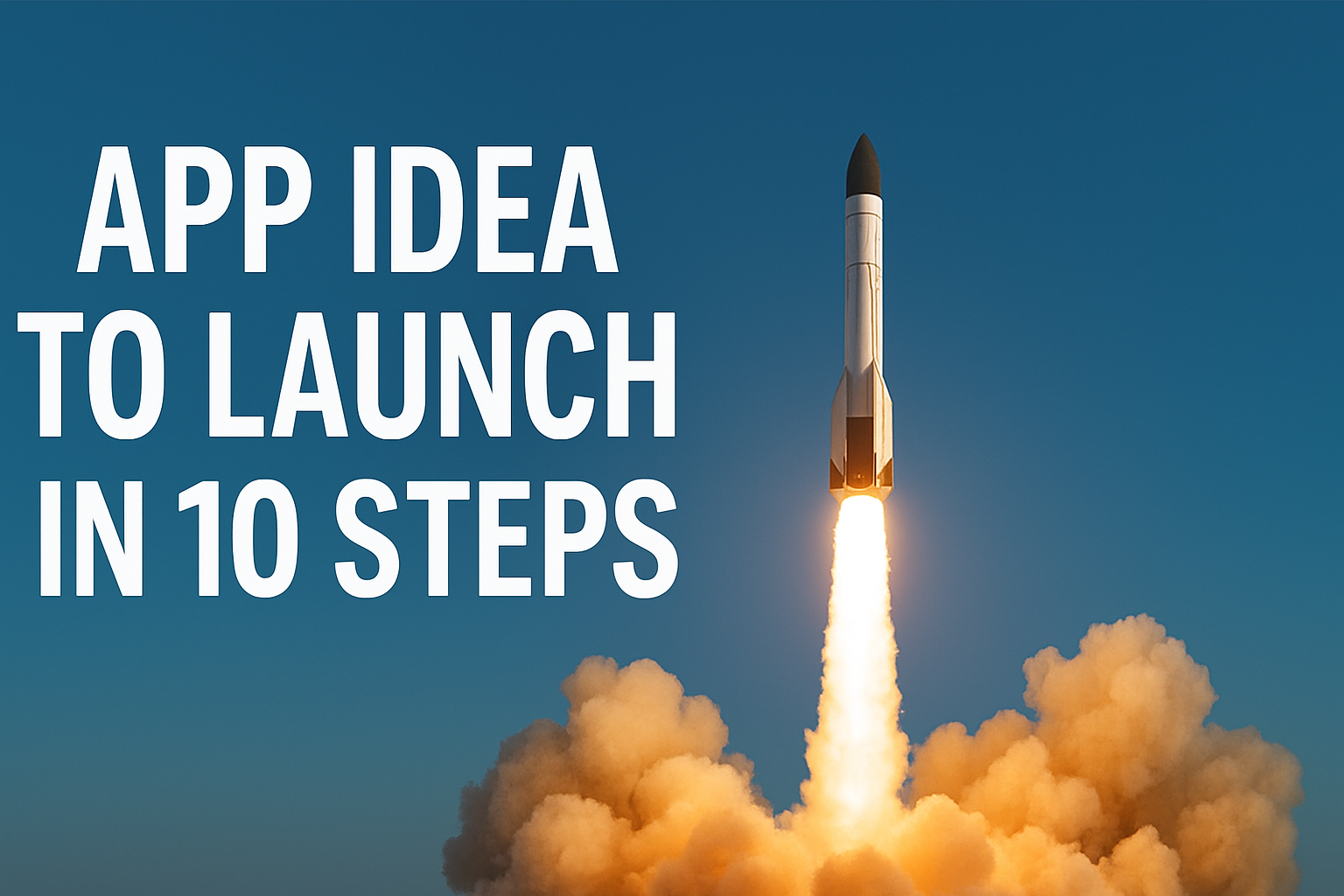
Step 1: Write Down Your Features
This exercise helps you focus on and expand your idea. Your app should have popular and unique features that are clear and easy to understand. The resulting list will help you discuss your app with co-founders, designers, investors or developers. (IMPORTANT: have people sign a non-disclosure agreement before discussing your more unique app features.)
Step 2: Research Your Market
Identify your competition and market needs and trends. Similar apps in the market are not necessarily bad news – they can be proof of your concept. But if they exist, learn their reviews, ratings, strengths and weaknesses. How will your app be different and better? If you make changes, update your feature list.
Step 3: Identify Your Users
Who will use your app, and who will be your marketing audience? Consider their demographics, psychographics, consumer behavior, careers, and industries. If needed, re-engineer your app and its features to fulfill their needs and desires. Gather small groups of your audience (8 or fewer) and ask what they like or dislike about your app concept and features. Write down what they say and reflect on it later instead of insisting that your original concept was best.
Step 4: Monetize It
Subscription fee? In-app purchases? In-app ads? Selling user data? Sponsorships? Fee Trials? Some of these approaches will work better than others for your app, audience and market. Select the one or two that offer the best profit potential.
Step 5: Create a Rough Sketch or Wireframe
A wireframe helps define your concept and refine the requirements of your product. You can draw a rough sketch with paper and pencil, use online tools to create a wireframe. This helps you chart your app’s navigation. This doesn’t require technical skills, but you should understand how navigation works. Your wireframe and features list form the specifications for the app to be built.
Step 6: Select a Developer
Up to this point, you may have accomplished this list comfortably. But unless you are a developer, this step is where you will need help. Acquiring that helps presents a problem: how do you sort through developers when you don’t have the technical knowledge to evaluate their work?
This is where the ‘CTO Service’ model makes sense. Allied Code offers this service. We review the work you’ve done, ask questions, make clarifications, then locate more than one developer who will deliver a quality app at competitive cost. We supervise the bidding process to ensure that all bids meet your specifications and are ‘apple-to-apple’ comparisons. Then we advise you on which vendor we think will work best for you, considering development methodology, workmanship, development cost, schedule, ease of communication, and accessibility.
Once you have selected a vendor, we can continue to supervise them and advise you, so – speaking bluntly – no one can take advantage of your inexperience in developing software.
Step 7: Design the User Interface / User Experience
This critical phase enables you to iterate on ideas while minimizing development costs. A good developer will provide significant and valuable insights here, and it is worth paying for that expertise to avoid common pitfalls. Have your developer create a detailed wireframe so you can visualize each screen of your app and its overall function and flow. You may decide to add or delete features. Next, have your developer create your app’s visual design: color, theme, typefaces, graphics. At this point, you’ll have a near-final picture of how your mobile app will appear and flow. Ask your developer to reconfirm the development plan, time and cost.
Step 8: Develop and Test
During development, ask your developer to demo or send you the app-in-progress each week for your testing and comment. (In another post, I’ll discuss the pros and cons of using an Agile development methodology. Generally, it’s a great idea when done well.) The purpose of the demo or getting a test build is to see the progress, have an opportunity to make corrections or changes early on, minimizing the cost (effort, time, and money) of change later. As the app gets more features, ask friends to test it as well. You may think of new features; if so, discuss them with your developer and ask the time and cost involved in adding them. If adding them exceeds your budget, you can add them later in an app update.
Step 9: Launch and Market
Once you are satisfied with your app, launch it in iTunes App Store and the Google Play store. Now it’s time to get the word out. You may want to hire a company like Allied Code to help you market your app. Whether you hire someone or DIY, a good place to start your marketing is social media. Facebook – which has more users than all other social media platforms combined – offers extremely detailed audience targeting. To gain earned media coverage, send a download link to tech bloggers and reporters and ask them to review your app.
Step 10: Gather Response and Prep the Next Release
Collect user data, market response, and app demand. Early on, learn why people download it and why others don’t. This provides you direction for changing your app and doing a new release. As your app succeeds, keep engaging with your users to plan the next release. With your data and learning, your app should continue to improve and grow. If it does not, talk to potential users about the problem you’re trying to solve or the engagement you’re trying to create, and listen to their concerns. Incorporate what you learn and release an improved version.
